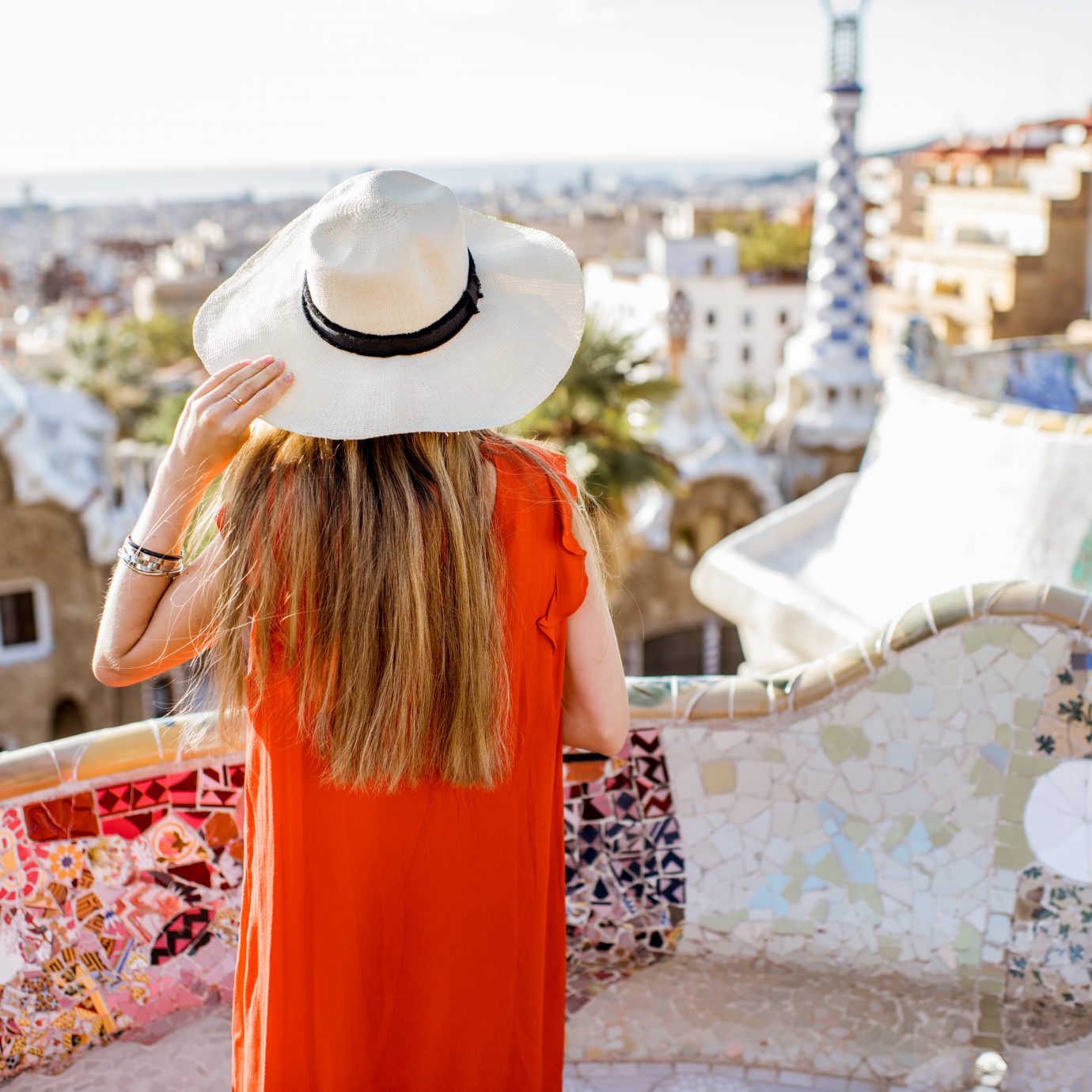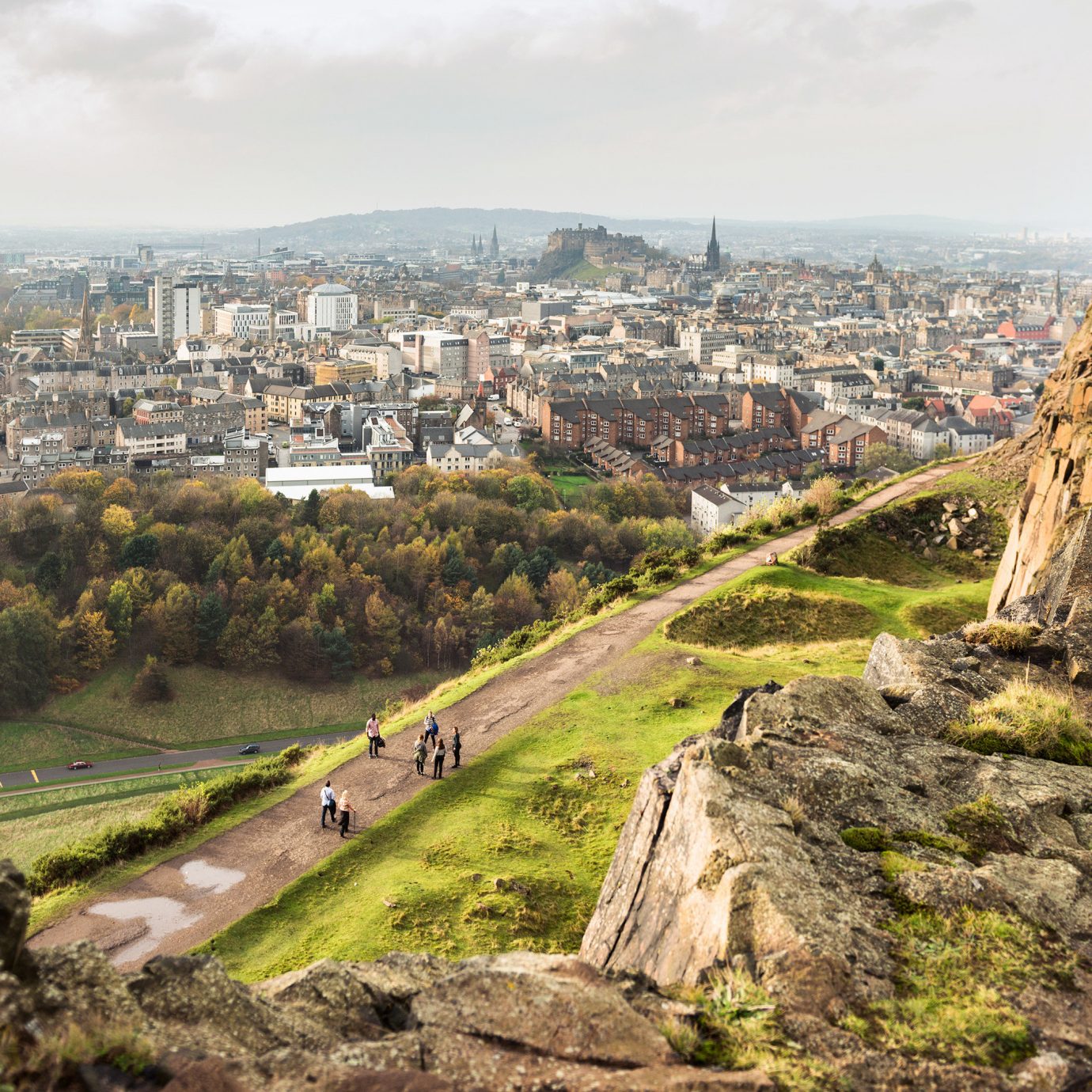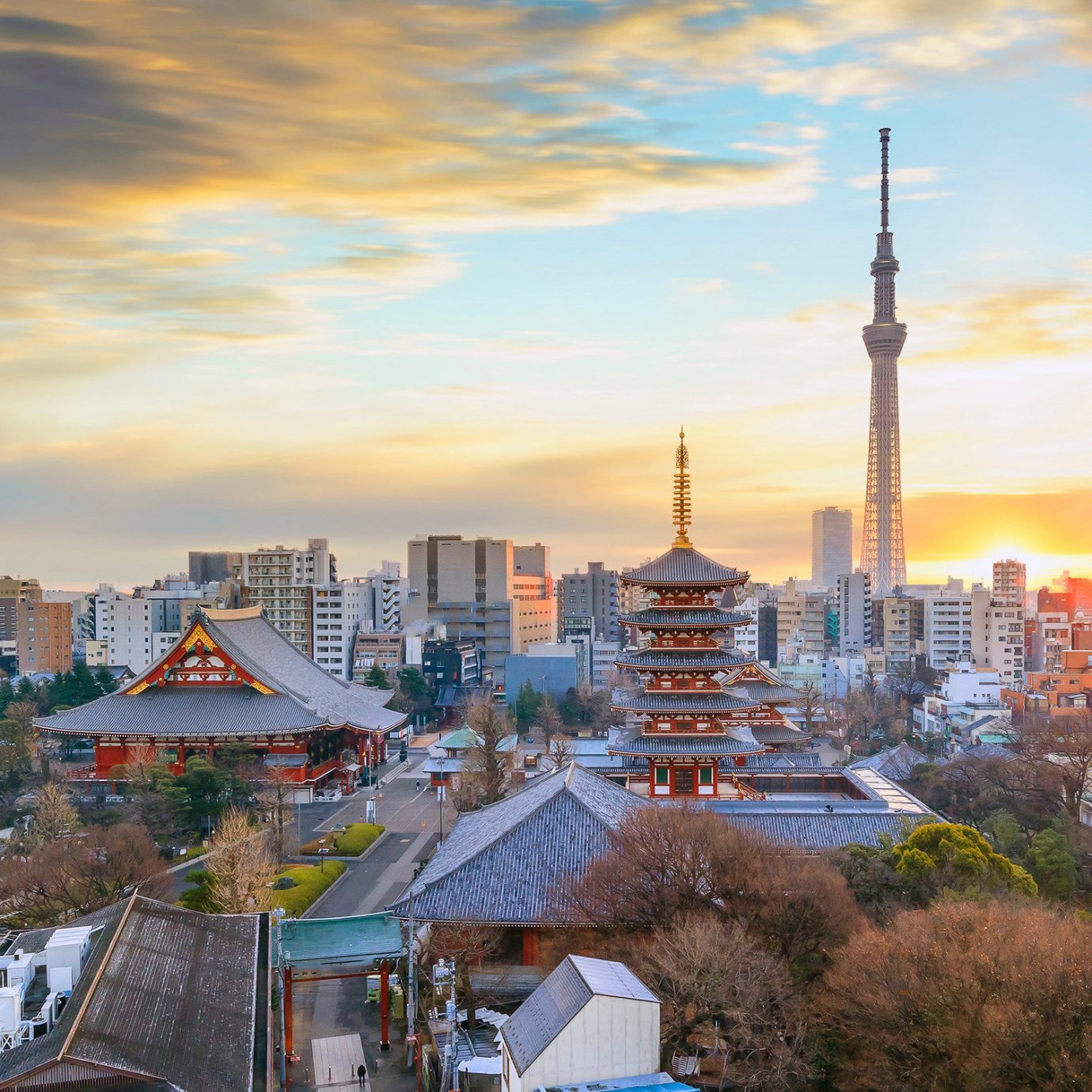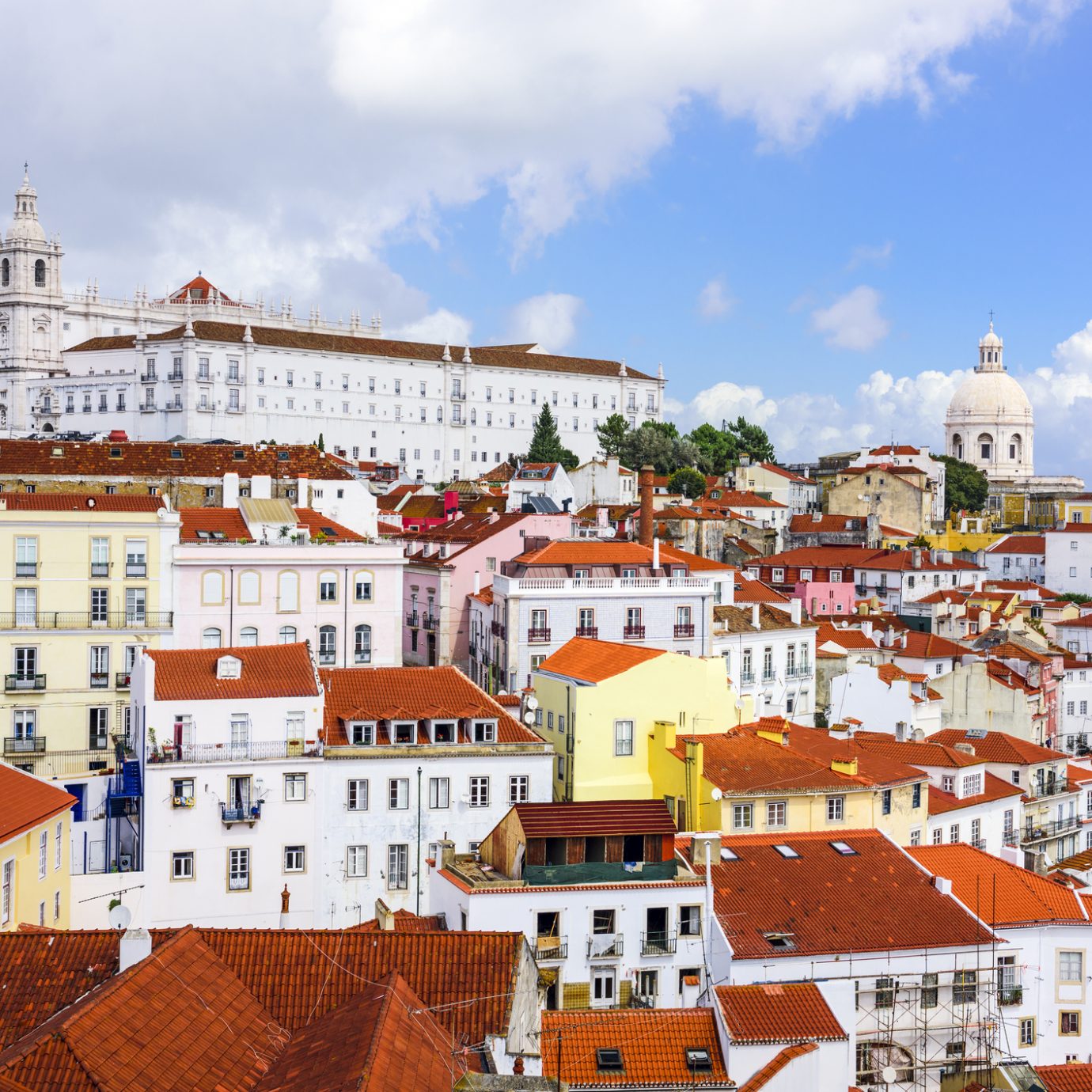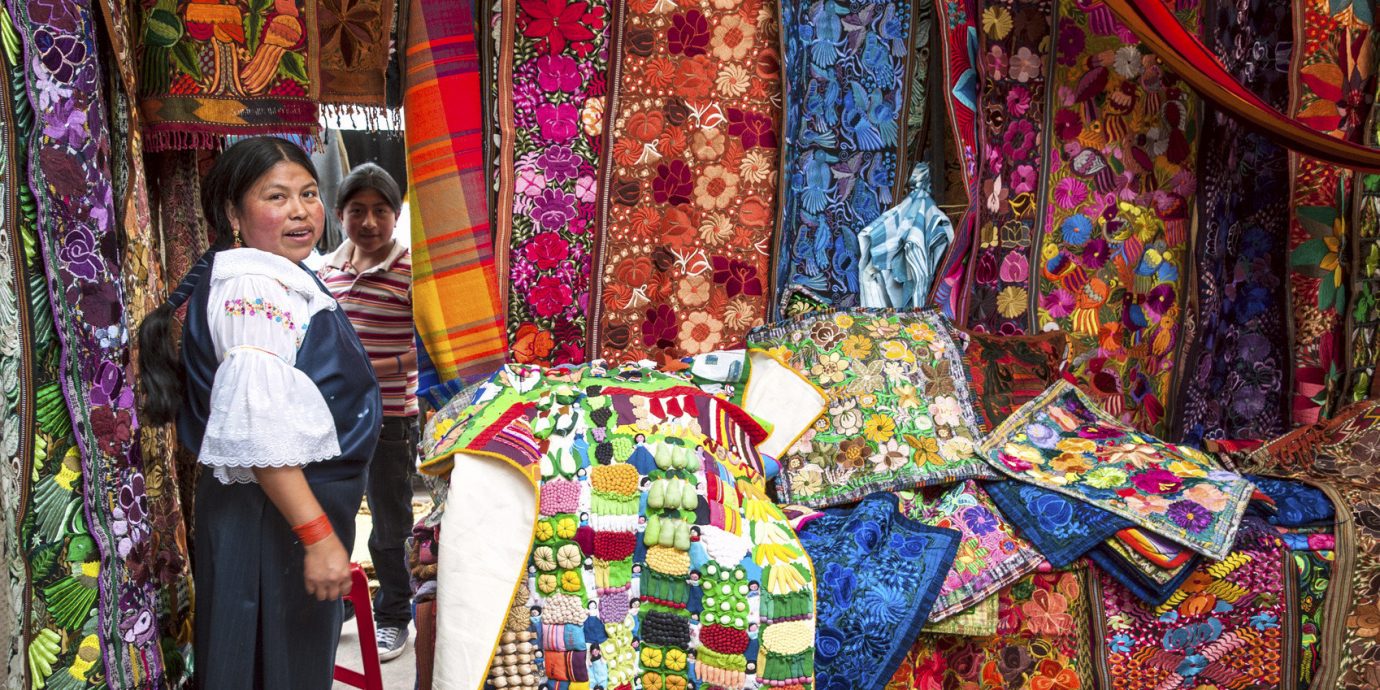
The Most Authentic Markets in Mexico and Beyond
In those places where indigenous populations live, exchanges for goods and services take place at weekly markets, known locally as mercados. The best time to see and better yet, join, these transactions in real time is on market day — a lively event at the heart of social and economic life in these villages.
As in all ancient markets, haggling is expected and is part of a ritual in which the seller and buyer get to know a little about each other. Rumor has it that if you automatically accept the first price they give you, you’ll be paying double — get ready to sharpen your bargaining chops.
Tlacolula Market; Oaxaca, Mexico
On Sundays at dawn, the colonial streets of the village of Tlacolula become the largest and oldest open-air market, known as a tianguis, in the state of Oaxaca and one of the oldest in Mesoamerica. For over 10 centuries, thousands of artisans from all over the Sierra Madre de Oaxaca have gathered every Sunday in this Zapotec village.
Vendors sell all manner of goods, like household utensils, shoes, cups with delicate drawings of animals, tools for the field, fruits, vegetables, flowers, herbs, spices and Tlacolula’s famous pan de yema, or yolk bread.
Oaxaca is renowned in Mexico — and around the world — for its production of artisan textiles. Visitors can buy shawls, dresses, blouses, shirts, tablecloths and other goods embroidered with yarn from Mitla and Santo Tomás Jalieza.
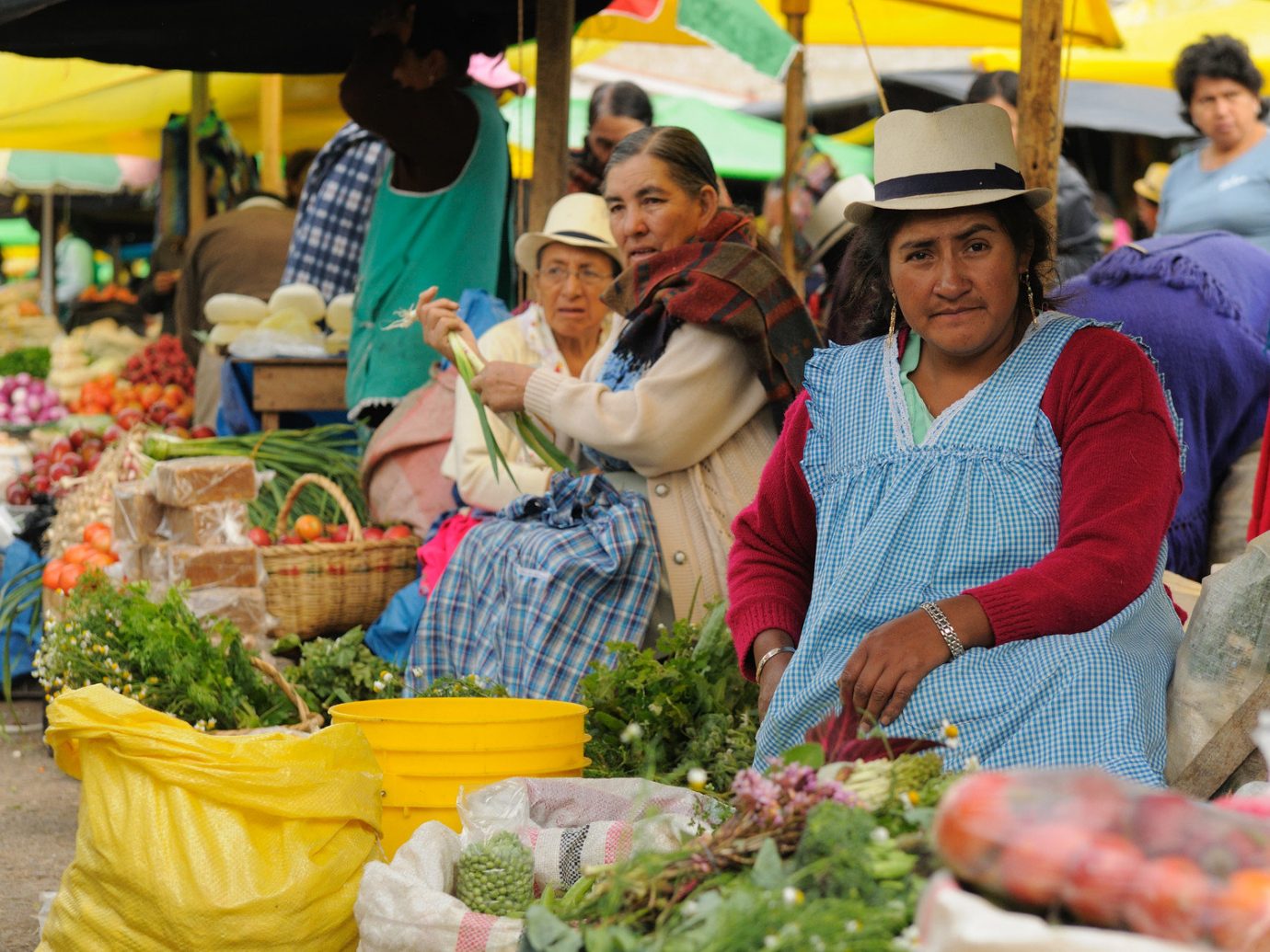
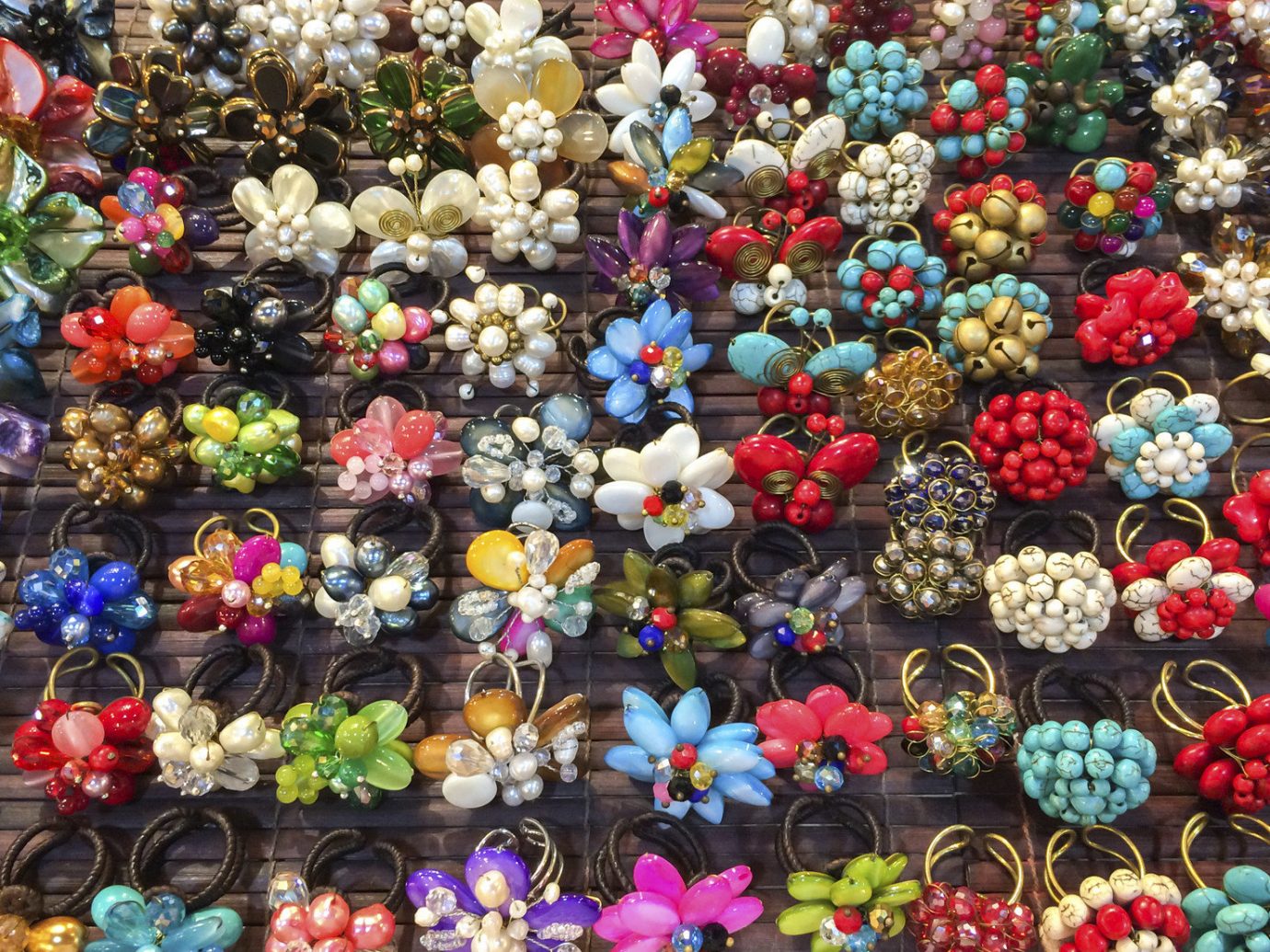
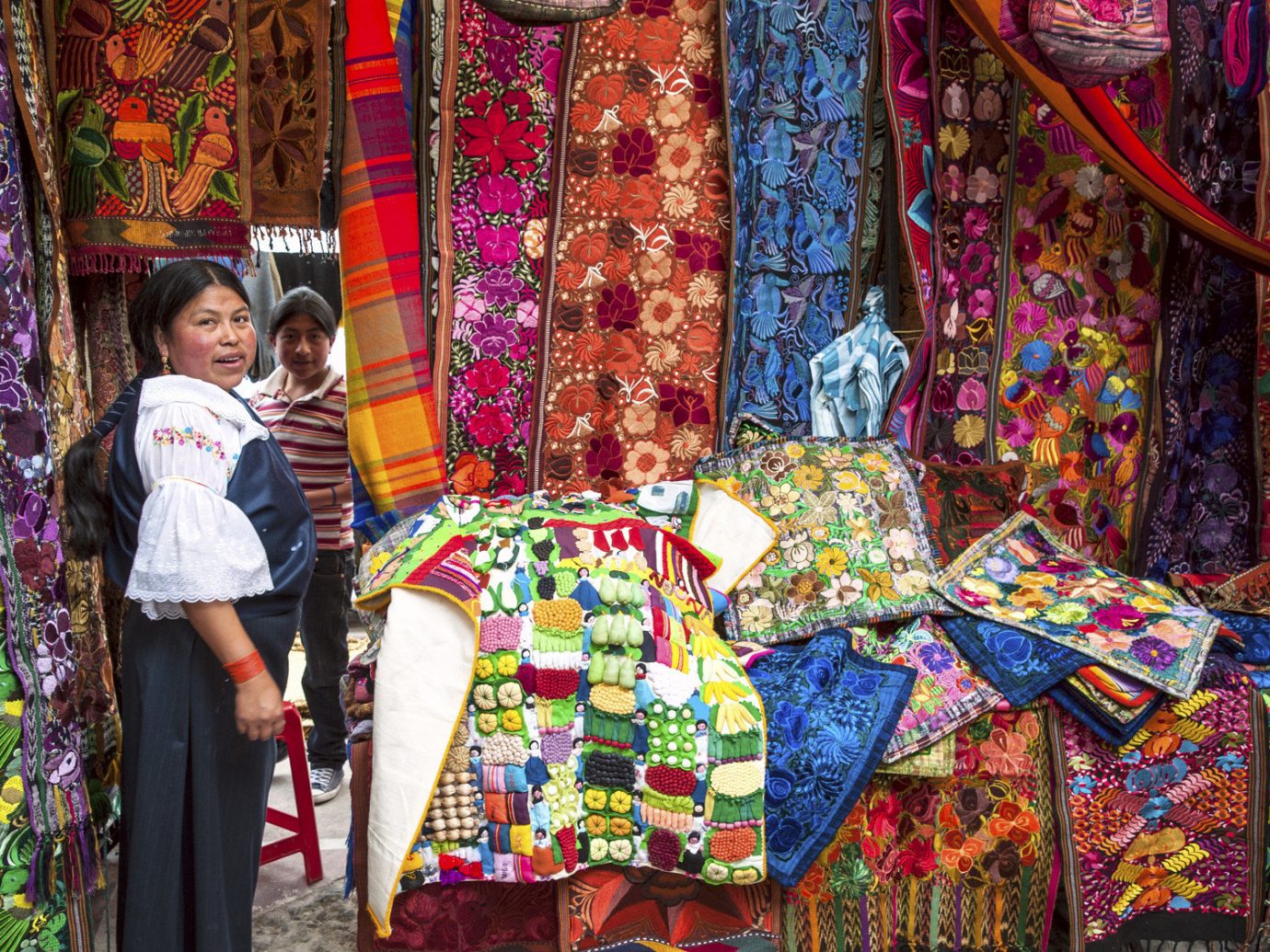
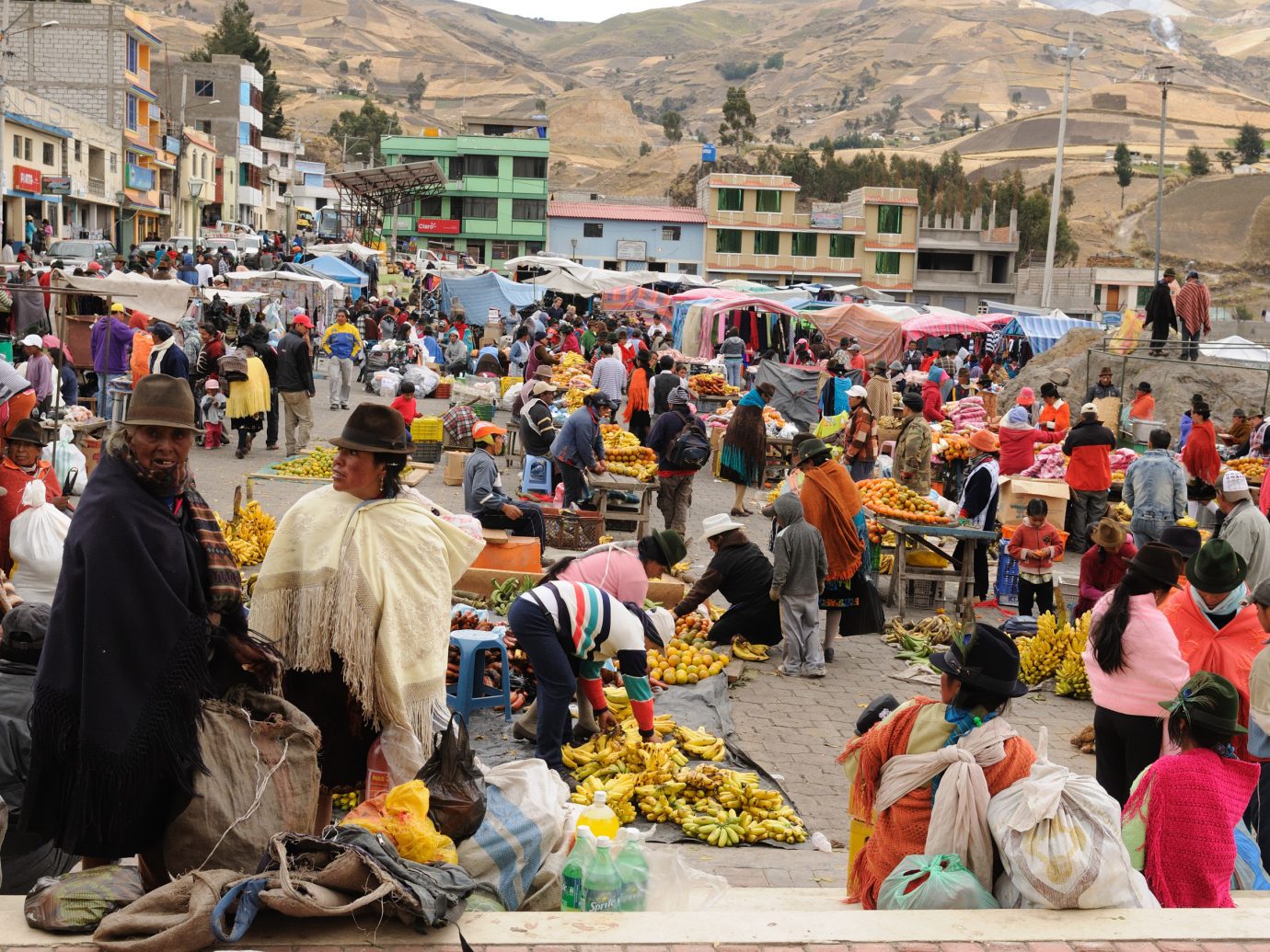
Otavalo Market, Ecuador
Just two hours from Quito, Otavalo is located in a spectacular landscape: a green cultivated valley near volcanoes and the towering Imbabura and Cotacachi mountains and Mojanda lake. Apart from its stunning natural surroundings, Otavalo is home to the world’s most famous indigenous market.
The best day to visit is on a Saturday, when the market takes over the city streets from the Plaza de los Ponchos. The market’s craftsmen work mainly with raw materials such as seeds, beads, wood, metals, leather and wool, to make musical instruments such as the siku and the rondador (a flute), jewelry, hats (including fedoras and Panama hats), woodcarvings and dolls.
The most abundant and creative crafts are woven textiles, sewn and embroidered by hand. Visitors will find blouses, scarves, tablecloths, bags, coats, hammocks and rugs of hand-embroidered or woven llama or alpaca wool, in all shapes and sizes, in thousands of colors and textures, all dancing in the Andean wind.
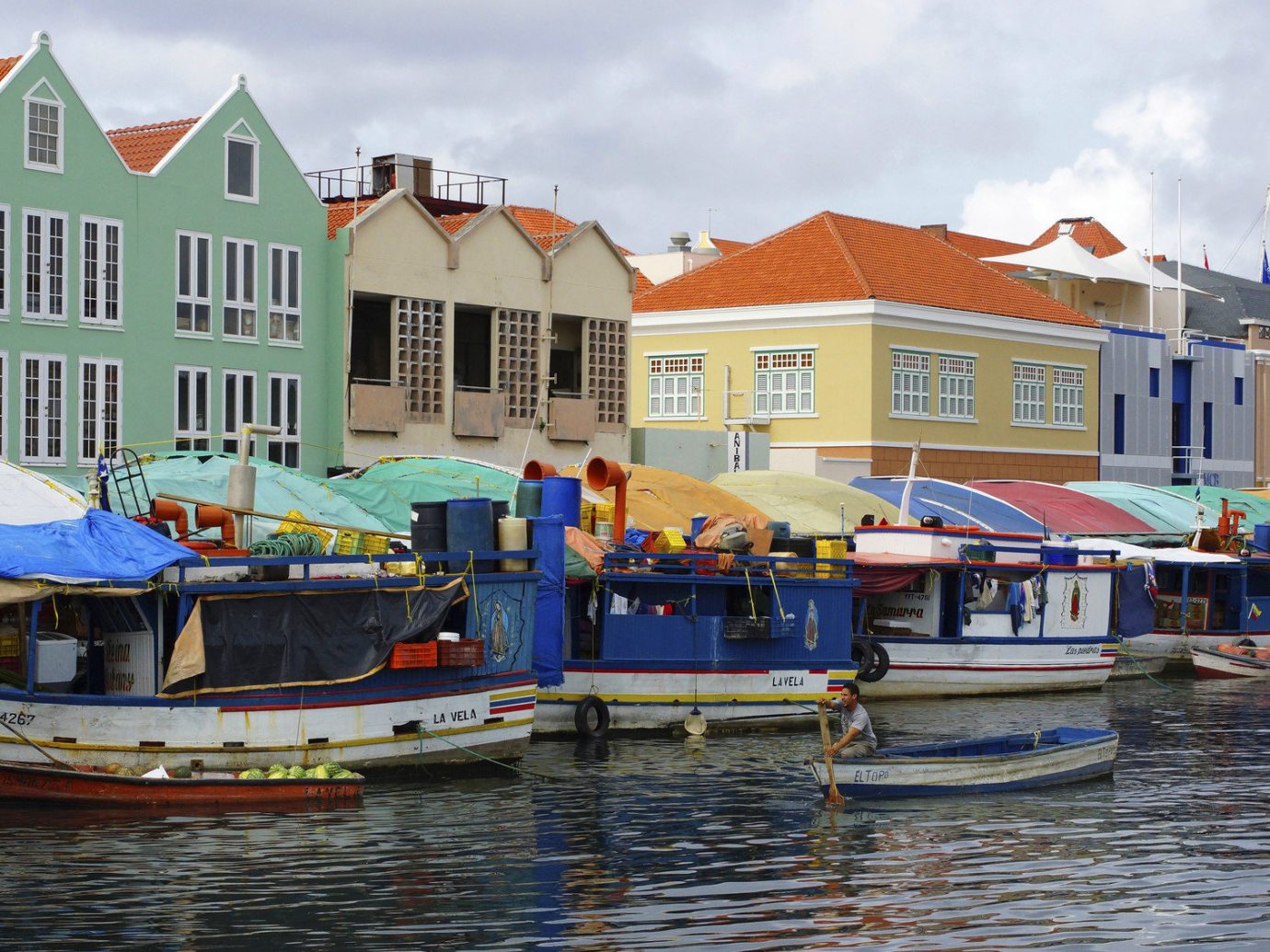
Floating Market, Curaçao
The traditional neighborhood of Punda in Willemstad, the capital of Curaçao, is a postcard-perfect image. A row of small wooden boats painted in bright colors floats on the docks of Sha Caprileskade. Dutch-style houses, also painted in very bright colors, are the backdrop. Alongside the boats, rows of stalls fill the streets and the bustle of commerce is in the air. Fish are cleaned in front of people walking by and vendors approach the slow moving cars to offer tropical fruits, vegetables, seafood, honey, cigars and other items.
Much of this so-called “floating market” is actually on solid ground and the name is a nod to the fact that all the goods sold arrive by sea from Venezuela on the little, colorful wooden boats, which have become iconic in Punda.
A stroll through the market is much like experiencing a tropical Babel and will acquaint you with exotic fruits you’ve likely never heard of. Despite the existence of many regular supermarkets on the island, it seems that the charm of Curaçao’s floating market will continue to woo shoppers.
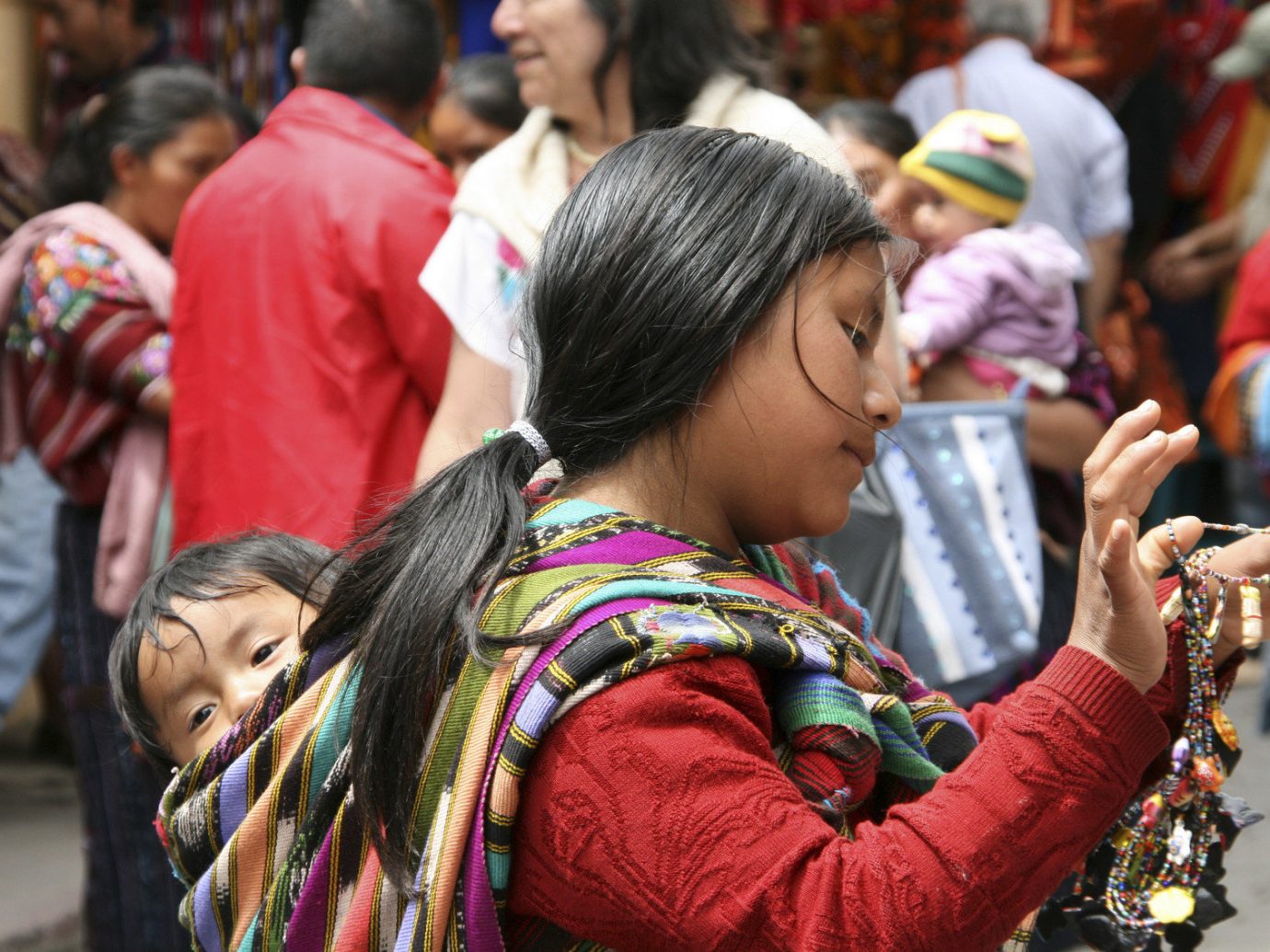
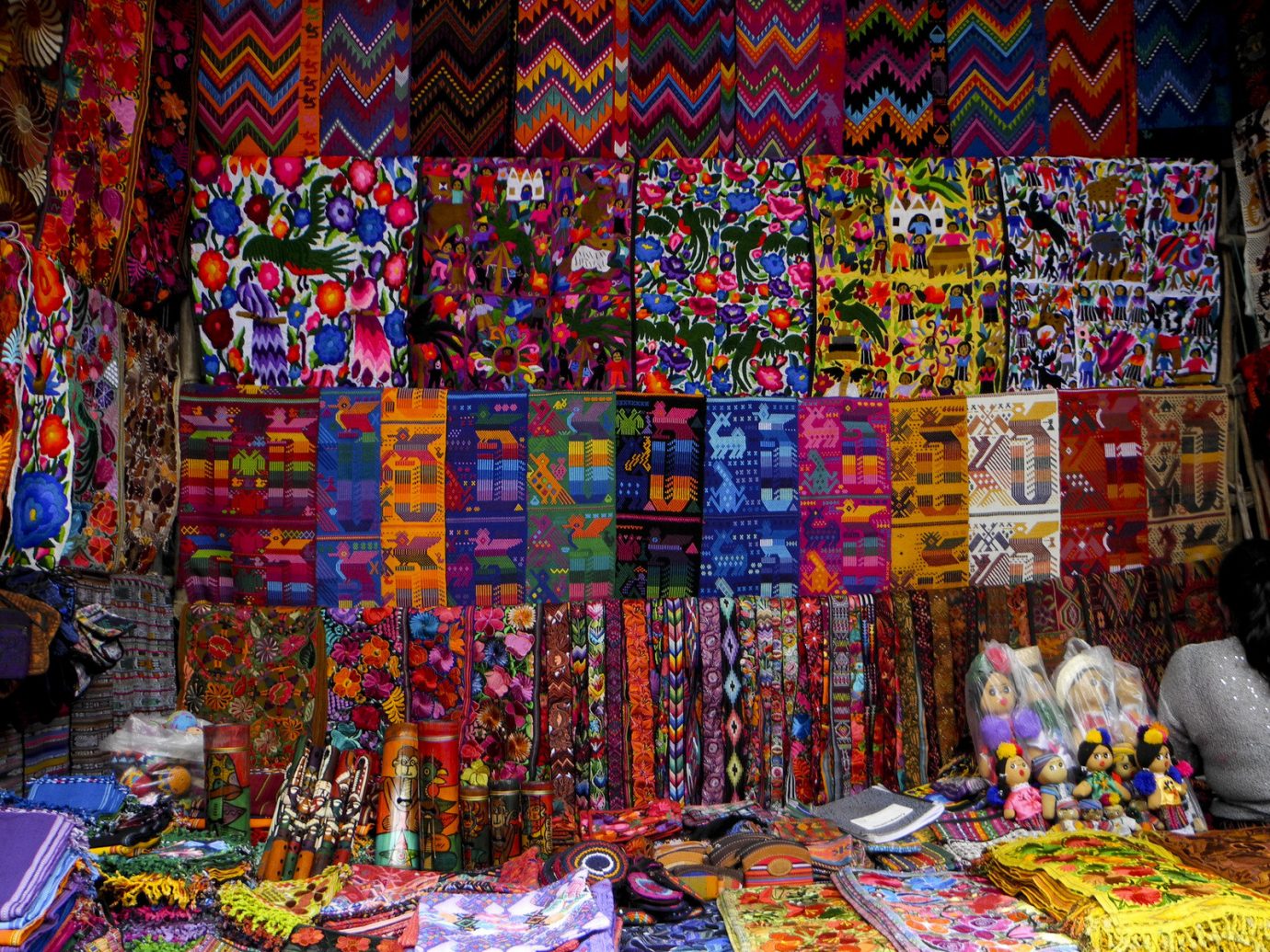
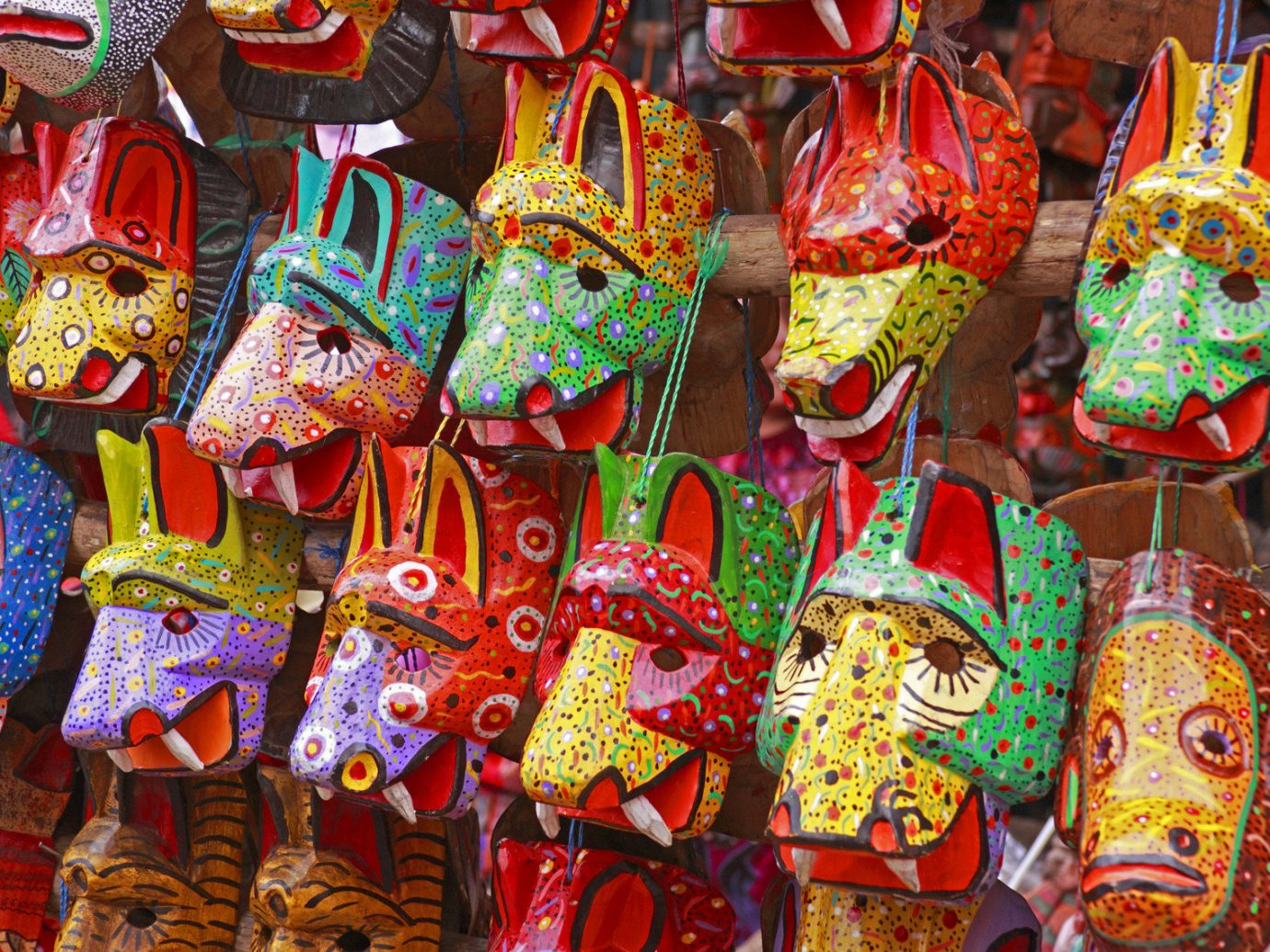
Chichicastenango Market, Guatemala
If this market’s name sounds familiar to the ears of travelers, it’s because while this is largely an indigenous market, today the large space is also devoted to selling items most coveted by foreigners: crafts made of textiles or wood, both new and antique.
Since its inception, the village’s market — known locally as “Chichi” — attracts people from neighboring indigenous villages and across the world. Taking a stroll through its vibrant corridors you will come to realize that the Mayas are brilliant artists. Fabrics are hand woven on backstrap looms and embroidered with beautiful and subtle designs. From flowers and animals to human figurines and geometric shapes and different representations of corn and combinations of colors, every item is the product of unwavering imagination.
You will find huipil shirts, tablecloths, bedspreads, bags, belts and also shoes and leather sandals, toys, furniture and wooden masks. Don’t be afraid of secondhand items; they remain in perfect condition, woven to last generations.
This story was published as part of a partnership with Marriott Traveler. Read the original story: A Beginner’s Guide to South America’s Most Authentic Markets by Flor Podesta, a regular contributor toMarriott Traveler.
More from Marriott Traveler:
- Get a Dose of History, Culture and Outdoor Adventure in Central America
- Leave No Cobblestone Unturned: Explore Puerto Rico Like a Local
- Rwanda Reborn, Brought to You By Women
Comments
All products are independently selected by our writers and editors. If you buy something through our links, Jetsetter may earn an affiliate commission.
Become a Jetsetter.
Use our insider connections to know where to go and what to do.
By proceeding, you agree to our Privacy Policy and Terms of Use.
Thanks for Signing Up!

